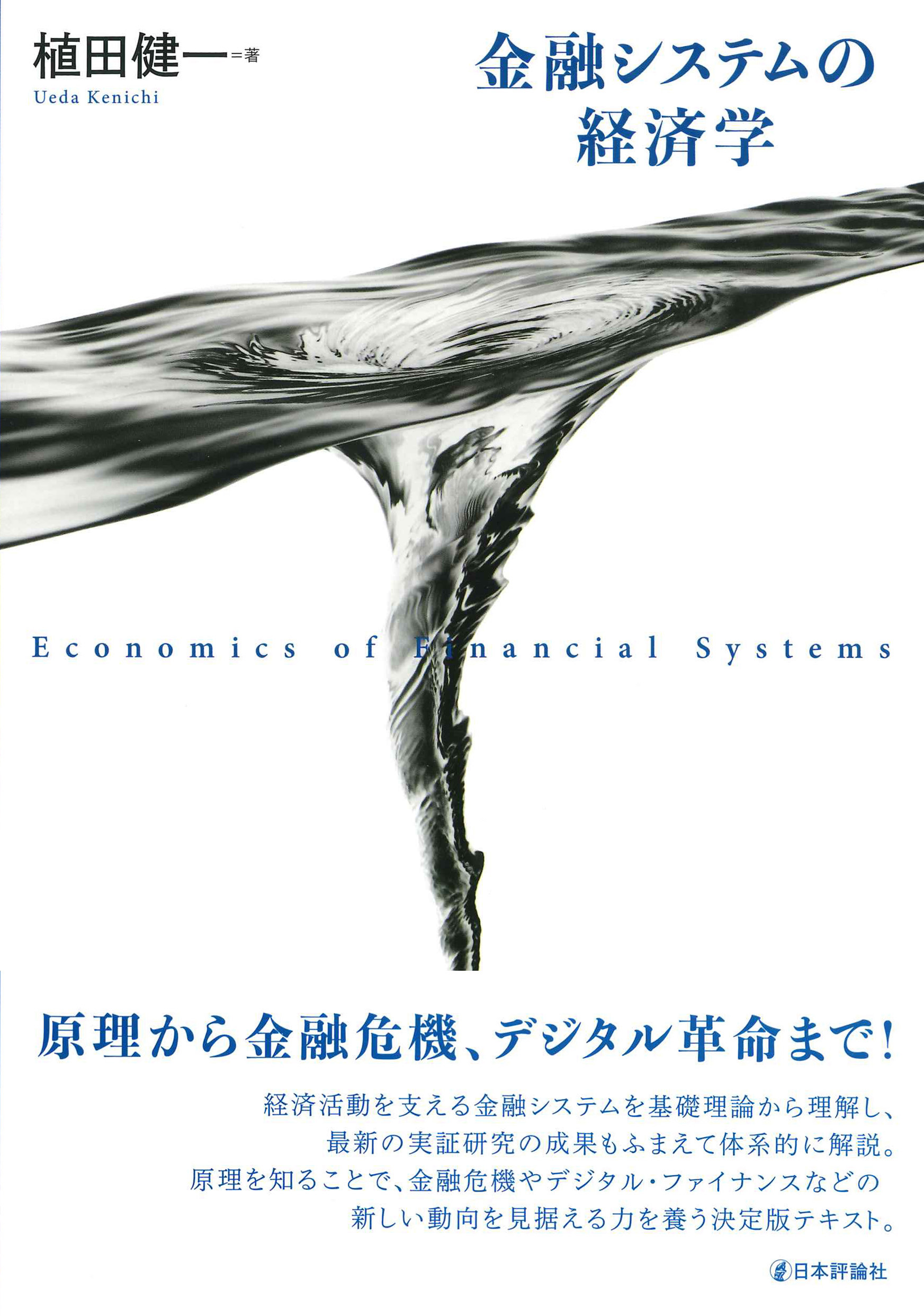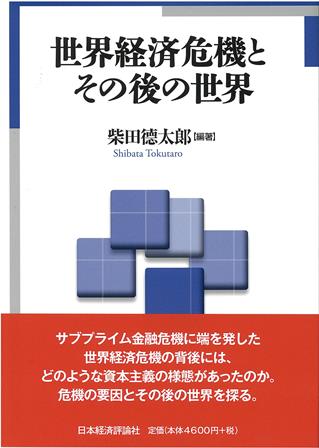
Title
Cambridge Studies in International and Comparative Law The International Law of Sovereign Debt Dispute Settlement
Size
349 pages
Language
English
Released
2022
ISBN
9781009250023
Published by
Cambridge University Press
Book Info
See Book Availability at Library
Japanese Page
External sovereign debt is the debt owed by a government to its foreign creditors, which is usually denominated in foreign currencies and governed by foreign laws. While these features ostensibly give creditworthiness to sovereign debt instruments in the modern financial market, history indicates that sovereign borrowers have often defaulted on their debt during or after financial distress. The impact of sovereign defaults, or the failure of a government to repay its debt, on countries and the global financial system can be significant: It can lead to a loss of confidence in the financial markets, which can make it more difficult for countries to borrow money; a sovereign’s difficulty in financing itself threatens the socioeconomic rights of citizens; the financial instability and depression of one country can quickly spread across the border and trigger similar crises in other countries because of the globalised financial architecture. The first decade of the 21st century saw a number of large-scale sovereign debt crises, most notably Argentina and Greece. Moreover, the Covid-19 pandemic has also led to concerns about sovereign defaults, as many developing and emerging market countries are facing financial difficulties.
Despite these global concerns, there is no multilateral system or international court dealing with sovereign defaults. Debt restructuring is the only viable solution to address sovereign default on external debts. It normally consists of an offer to exchange old bonds with newly issued bonds that fall within the defaulting sovereign’s payment capacity and are acceptable to most bondholders. This state of affairs not only makes it difficult for countries to restructure their debt in a fair and orderly manner but also leads to the so-called holdout litigation and arbitration wrought by bondholders. Instead of accepting a bond exchange offer by way of sovereign debt restructuring, speculative bondholders such as hedge funds demand the full payment of the face value of the distressed bonds with interest. The most notable holdout litigation to date is one brought against Argentina before the courts of the United States, in which injunctive relief entered by a district judge effectively prevented Argentina from making scheduled payments on the restructured bonds and, consequently, brought about Argentina’s further default.
This book argues that international law may and should have a role to play in sovereign debt dispute settlement. Contrary to the trend of the sovereign debt discourse according to which litigation or arbitration should have only limited relevance to sovereign debt restructuring, this book recognises a certain regulatory function of litigation and arbitration in sovereign debt restructuring. The theoretical assumption is twofold. First, debtor sovereigns themselves are regarded as governance organs primarily responsible and accountable for their sovereign defaults. Second, domestic courts and investment tribunals provide only the mechanism of checks and balances for the conduct of the debtor sovereigns in their effort towards debt reorganisation with a framework of deferential review. Such a conception will not be unduly intrusive to sovereign decision-making and will be feasible as it does not transform the role of courts or tribunals into that of a supranational regulator.
The above course of argument broadly aligns with the contemporary international legal theory of global governance and regulation in which an appropriate balance of power between governance bodies and reviewing organs is explored. Various areas of international law, such as trade, investment and human rights, have already witnessed struggles by judicial or arbitral organs in identifying appropriate standards of review with which policy decision-making and its implementation by sovereign States are scrutinised. In line with this development, this book reconceptualises sovereign debt restructuring as not only pursuing the self-preservation of a State but also addressing a financial crisis as a global concern. Deferential scrutiny by judicial and arbitral bodies should therefore be justified to introduce a mechanism of checks and balances in the emerging international regime of debt reorganisation by sovereigns.
(Written by NAKAJIMA Kei, Associate Professor, Institute of Social Science / 2023)
Table of Contents
1. Setting the scene
2. The emerging framework for sovereign debt discourse
Part I. Regulation Through Contract and Litigation
3. Sovereign immunities and other statutory mechanisms regulating holdout litigation
4. Collective action clauses (CACs): Contractual regulation of holdout litigation
5. The Pari Passu Clause: Regulating holdouts through injunctive relief
Part II. Regulation Through Treaty and Arbitration
6. Jurisdiction of arbitral tribunals over sovereign debt disputes
7. Admissibility of sovereign bond claims: Mass claims arbitration as a supplemental leverage over holdouts
8. Checks and balances at the stage of merits
Conclusion



 Find a book
Find a book


 eBook
eBook


